The greatest warriors in history Chhatrapati Shivaji : 388th Birth Anniversary
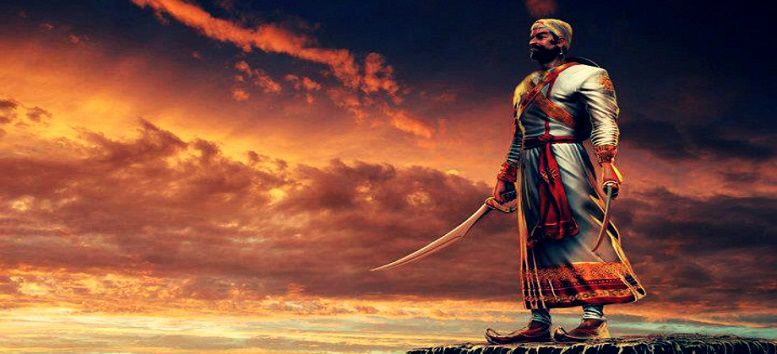
Chhatrapati Shivaji Maharaj, the founder of the Maratha Empire, was a legendary personage in the history of India. Named after the Goddess Shivai, Shivaji was born on February 19, 1630, in the prestigious Shivneri Fort. His birth anniversary is celebrated as Shivaji Jayanti with great enthusiasm. The warrior king is known for his bravery, tactics and for his administrative skills preserving the Swarajya value and Maratha heritage. He is considered to be one of the greatest warriors of his time and even today, stories of his exploits are narrated as a part of the folklore. With his valor and great administrative skills, Shivaji carved out an enclave from the declining Adilshahi sultanate of Bijapur. It eventually became the genesis of the Maratha Empire. After establishing his rule, Shivaji implemented a competent and progressive administration with the help of a disciplined military and well-established administrative set-up. Shivaji is well-known for his innovative military tactics that centered around non-conventional methods leveraging strategic factors like geography, speed, and surprise to defeat his more powerful enemies. There are countless tales of his braveries to his credit. On the occasion of 388th birth anniversary here are seven great battles of Chhatrapati Shivaji Maharaj we all need to know.
Chhatrapati Shivaji
Name: Shivaji Bhonsle
Date of Birth: February 19, 1630
Birthplace: Shivneri Fort, Pune district, Maharashtra
Parents: Shahaji Bhonsle (Father) and Jijabai (Mother)
Reign: 1674–1680
Spouse: Saibai, Soyarabai, Putalabai, Sakvarbai, Laxmibai, Kashibai
Children: Sambhaji, Rajaram, Sakhubai Nimbalkar, Ranubai Jadhav, Ambikabai Mahadik, Rajkumaribai Shirke
Religion: Hinduism
Death: April 3, 1680
Seat of Power: Raigad Fort, Maharashtra
Successor: Sambhaji Bhonsle
Here are a few interesting facts about the Chhatrapati Shivaji Maharaj
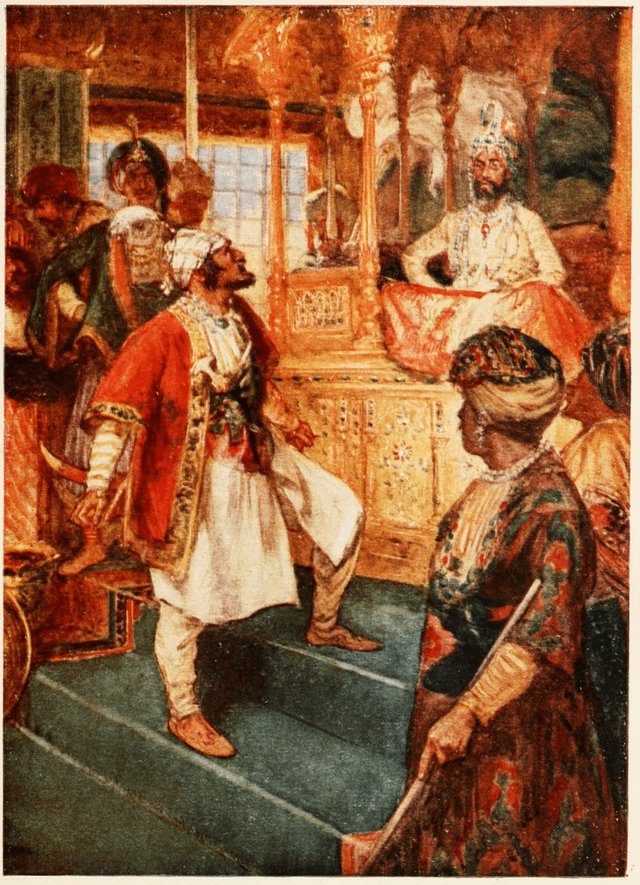
- Unlike what is believed, Shivaji Maharaj was not named after Lord Shiva, but after Goddess Shivaai, as his mother had prayed to her for a son.
- Shivaji was known to be a secular ruler and had a sizeable number of Muslims in his army. He wanted to overthrow the Mughal rule to create a Maratha empire and not a Hindu empire.
- He captured his first fort "Torna" (Tornagad) or "Prachandgad" when he was 16-years-old which was the first step towards building a Maratha empire.
- He was a strategic military commander and who was clever enough to establish a navy to protect the coastline when no other Indian ruler thought of about it. He is called the 'Father of Indian Navy'
- He also protected women from territories he occupied. No one under his rule was allowed to harm the women. In his kingdom, there were strict punishment for crimes against women.
- Shivaji was a devout Hindu and had great respect for saints. He was a huge admirer of Samarath Ramadas and even gave him the Parali fort. It was renamed as Sajjangad later. The saint also wrote the famous poem Shivastuti (Praise of King Shivaji)
- A very well known story of Shivaji's bravery and shrewdness is the one where he escaped an attack by Afzal Khan. Khan had called Shivaji for negotiations and had planned to attack Shivaji. But the Maratha ruler had worn an armour beneath his clothes which saved his life.
- He also defeated the famous general and governor Shayista Khan who was sent by Mughal ruler Aurangzeb.
- He also introduced the guerilla warfare tactics to his army and devised many military strategies.
- Shivaji was imprisoned by Mughal king Aurangzeb and lost many of his forts to him in the treaty of Purander. But he escaped from the prison and fought back to recover most of them.
Battle of Mysore Plateau (1677)
The battle was fought between Shivaji and his stepbrother Venkoji on November 26, 1677. Shivaji won the battle and seized most of the Mysore plateau. Seeing brothers at war, Venkoji’s wife Dipa Bai took the responsibility of negotiations. Shivaji respected his sister-in-law and agreed to it. After the talks and under certain conditions, Shivaji returned the seized territory back to Venkoji. In return, Venkoji distanced himself from Adil Shah and his advisors.
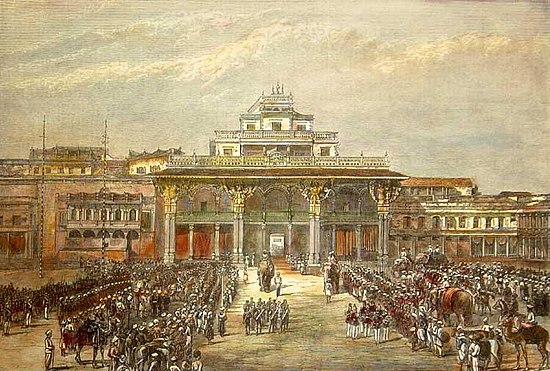.jpg)
Battle of sinhagad
Battle of Sinhagad was fought on February 4, 1670, between Tanaji Malusare and Udaybhan Rathod, fortkeeper under Mughal Army Chief Jai Singh I. Tanaji along with a small army was sent on a mission to capture Kondana fort. The fort was under the control of Mughals. The fort was attacked during the night and victory was secured but with the loss of Tanaji. As a tribute to Tanaji, Shivaji renamed the fort as ‘Sinhagad’.
Battle of Surat (1664)
Also known as Sack of Surat, the battle took place on January 5, 1664, and was fought between Shivaji Maharaj and Inayat Khan. In the battle, Shivaji challenged Mughal Fauzdar of Surat and attacked Surat. The town was sacked for nearly three weeks, during which the Maratha army looted all possible wealth from Mughal and Portuguese. The wealth was later used to develop and strengthen the Maratha state.
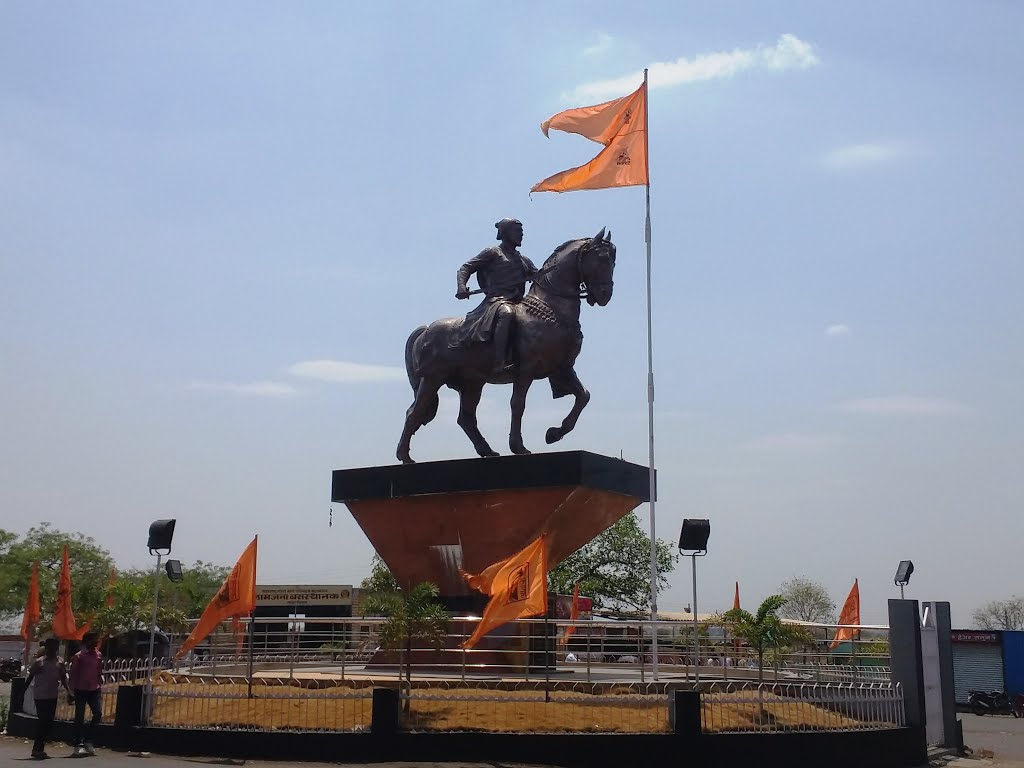
Battle of Poona (1663)
In January 1660, Aurangazeb’s maternal uncle Shaista Khan with his well-equipped army of 3,00,000 seized Pune and established his residence at Shivaji’s palace of Lal Mahal. In April 1663, Shivaji along with 200 Marathas infiltrated Pune, using a wedding procession as a cover. Shivaji’s army entered Khan’s quarters and killed his sons and other members of his family. Khan escaped but lost his thumb. He took refugee with the Mughal forces and was later transferred to Bengal by Aurangazeb for the embarrassment.
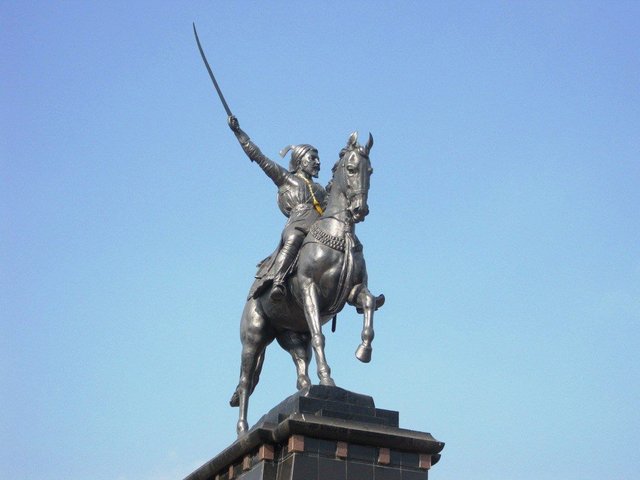
Battle of Umberkhind (1661)
The battle was fought on February 3, 1661, between Shivaji and Uzbek General Kartalab Khan. The aim of the battle was to reduce Shivaji’s power in the Konkan region. Mughals did not attack openly and while on their way to Konkan captured Lohagad and Rajmachi forts. But Shivaji was well-prepared for the battle and attacked Khan and his troops at Umberkhind, present-day Khalapur, defeating the Mughal forces. The Mughals gave up their plan to conquer Konkan. The battle boosted the morale of the Marathas and provided them enough arms and ammunition for their next battle.
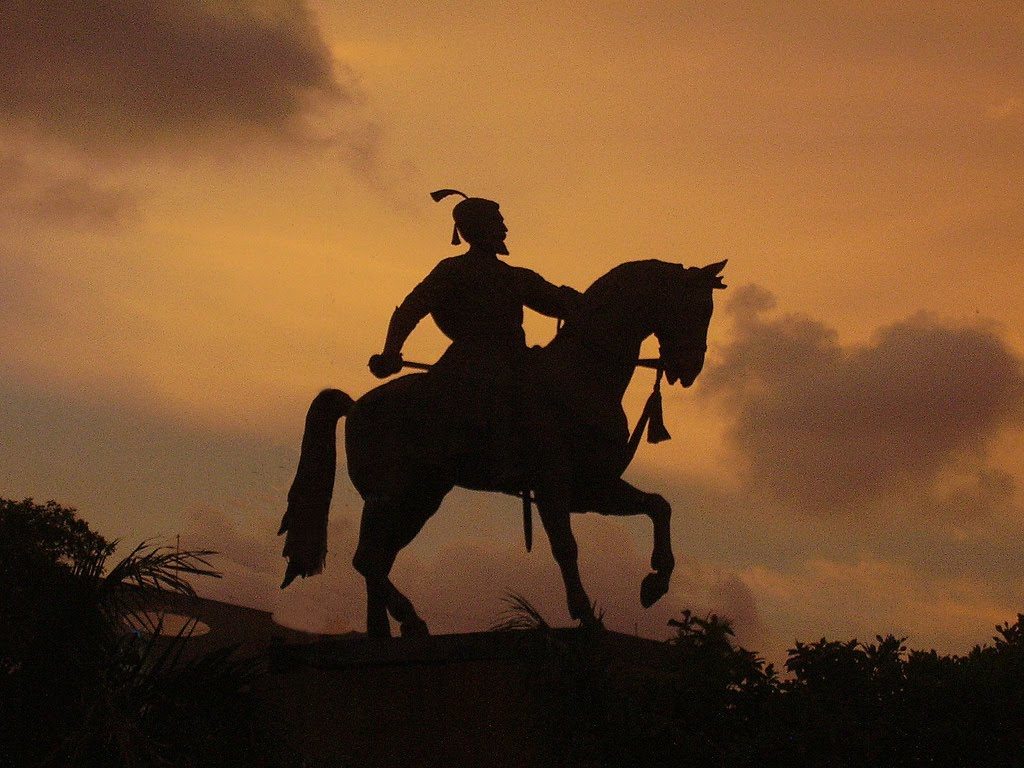
Battle of Pavankhind (1660)
After the victory of Marathas in the earlier battles, Mughals formed an alliance with Adilshah to get rid of Shivaji. In 1660, Abyssinian general of repute Siddi Jauhar planned to attack Shivaji on the Southern border while the Mughals from the Northern side. In addition, the British provided their support to the Mughals. Shivaji and his force were encamped at Panhala fort, the present day Kolhapur. The enemy forces also blocked the supply routes to the fort thus increasing the trouble for Marathas. Shivaji, however, managed to escape the fort. The battle killed 200 Marathas and 1,400 enemy soldiers. The battle resulted in losing the Panhala fort to Siddi Jauhar.
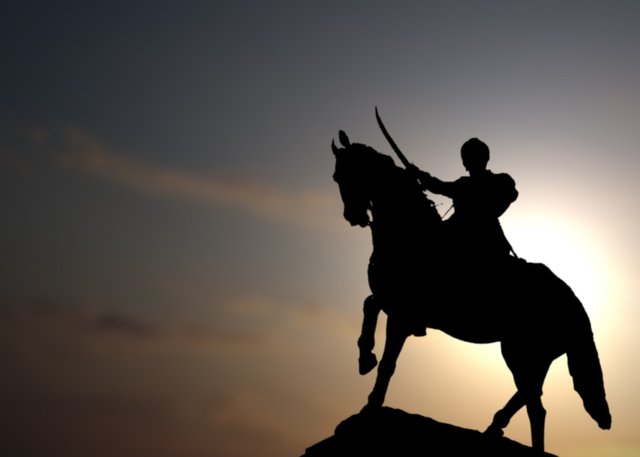
Battle of Pratapgad (1659)
The Battle of Pratapgad fought on November 10, 1659, was the first Maratha victory that led to the establishment of the Maratha Empire. To entice Shivaji, Afzal Khan started destroying temples such as Bhavani at Tuljapur and Vittal temple at Pandharpur. Failing to do so Khan along with his army moved to Pratapgad. Shivaji sent a message to Khan that he did not want a war and was ready for peace. Hence a meeting was arranged at a shamiana at the foothills of Pratapgad between the two on the condition that the two would meet unarmed along with ten bodyguards each. Nine bodyguards would stand at a distance while a single bodyguard would wait outside the tent. Khan hid a small dagger in his coat while Shivaji wore armour underneath his clothes and carried a wagh nakha (tiger claws). While embracing Khan tried to strangle Shivaji but was saved because of the armour. Shivaji fought back using wagh nakha. Khan sustained many injuries during the scuffle and lost his life.
Administration
Under his reign, the Maratha administration was established where Chhatrapati was the supreme sovereign and a team of eight ministers were appointed to oversee the proper enforcement of various policies. These eight ministers reported directly to Shivaji and were given a lot of power in terms of execution of policies formulated by the King. These eight ministers were –
(1) The Peshwa or Prime Minister, who was head of general administration and represented the king in his absence.
(2) The Majumder or the Auditor was responsible for maintain the financial health of the kingdom
(3) The PanditRao or Chief Spiritual Head was responsible for overseeing the spiritual well-being of the kindom, fix dates for religious ceremonies and oversee charitable programs undertaken by the king.
(4) The Dabir or Foreign Secretary was entrusted with the responsibility of advising the king on matters of foreign policies.
(5) The Senapati or Military General was in charge of overseeing every aspect of the military including organization, recruitment and training of soldiers. He also was the strategic advisor of the king in the time of a war.
(6) The Nyayadhish or Chief Justice saw formulations of law and their subsequent enforcement, civil, judicial as well as military.
(7) The Mantri or Chronicler was responsible for keeping elaborate records of everything the king did in his daily life.
(8) The Sachiv or Superintendant was in charge of royal correspondence.
Shivaji vigorously promoted the use of Marathi and Sanskrit in his court instead of Persian, the existing Royal language. He even changed the names of the forts under his control to Sanskrit names to accent his Hindu rule. Although Shivaji himself was a devout Hindu, he promoted tolerance for all religion under his rule. His administrative policies were subject-friendly and humane, and he encouraged liberty of women in his rule.He was strictly against caste discrimination and employed people from all caste in his court. He introduced the Ryotwari system eliminating the need for middlemen between farmers and the state and collecting revenues directly from the manufacturers and producers. Shivaji introduced the collection of two taxes called the Chauth and Sardeshmukhi. He divided his kingdom into four provinces, each headed by a Mamlatdar. Village was the smallest unit of administration and the head was titled as Deshpande, who headed the Village Panchayat. Shivaji maintained a strong military force, built several strategic forts to secure his borders and developed a strong naval presence along the Konkan and Goan coasts.
Demise and Legacy
Shivaji died at the age of 52 on April 3, 1680, at the Raigad Fort, after suffering from a bout of dysentery. A conflict of succession arose after his death between his eldest son Sambhaji and his third wife Soyrabai on behalf of her 10-year old son Rajaram. Sambhaji dethroned the young Rajaram and ascended the throne himself on June 20, 1680.the Mughal-Maratha conflicts continued after Shivaji’s death and the Maratha glory declined greatly. However it was reclaimed by young Madhavrao Peshwa who reclaimed Maratha glory and established his authority over North India.

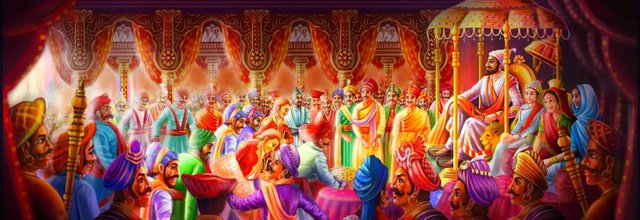
This post has been resteemed by @talhadogan thanks to: @vivanpatil
Resteemed by @resteembot! Good Luck!
Curious? Read @resteembot's introduction post
Check out the great posts I already resteemed.
ResteemBot's Maker is Looking for Work.
Resteemed by @resteembot! Good Luck!
Curious? Read @resteembot's introduction post
Check out the great posts I already resteemed.
ResteemBot's Maker is Looking for Work.
Congratulations @vivanpatil! You received a personal award!
Click here to view your Board
Congratulations @vivanpatil! You received a personal award!
You can view your badges on your Steem Board and compare to others on the Steem Ranking
Vote for @Steemitboard as a witness to get one more award and increased upvotes!